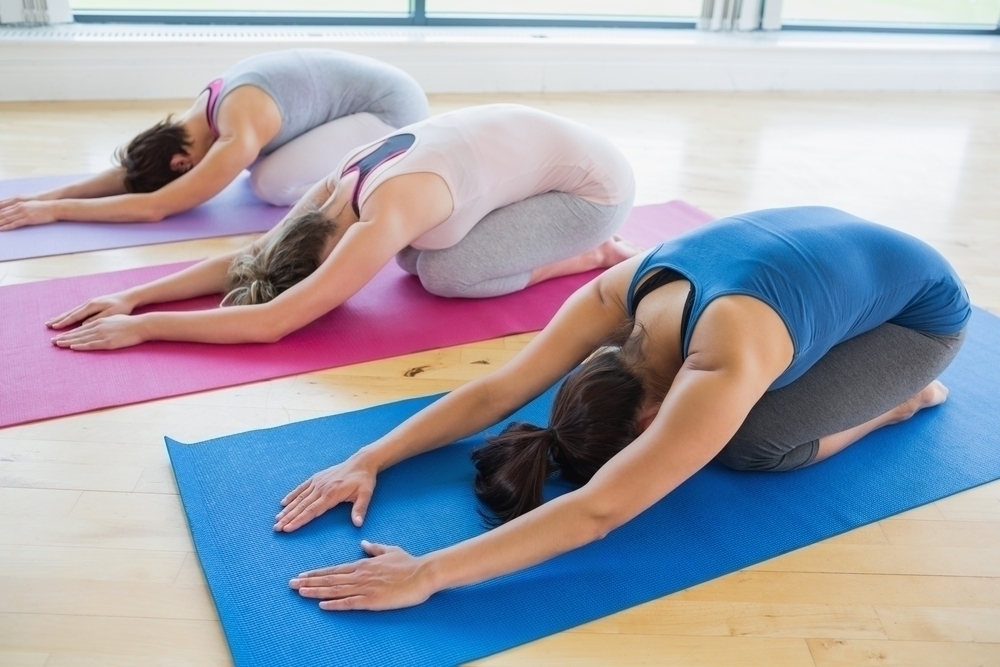The benefits of exercising outdoors in the fresh include things like more energy, less tension and lowered rates of depression. However, when it’s freezing outside you may be tempted to just stay indoors and cuddle up under your blanket. Fitness expert Sean Burch says that winter might actually be a better time for outdoor workouts than summer. “The heat and humidity in the summer can drag you down and tire you faster, but cold weather is invigorating. It stimulates your senses, tunes you into your surroundings – it makes you feel alive.” We’ve got three ways to boost your winter workout so it is most effective and so that it is also safe for you to complete outdoors.
Play it Safe
In warmer months with less dangerous weather hazards, choosing challenging terrain for your outdoor exercise is often beneficial to your health, but when the temperatures dip it’s best to play it safe. For outdoor winter workouts, you want to stay closer to home than you normally might so that if you do slip and fall or overexert and exhaust yourself, you’re close to the warmth and protection of the indoors. If you exercise early in the morning or in the evening after the sun has gone down, you’ll want to look for areas near your home that are well-lit and plowed. Lighting is important so that you can spot potentially icy areas and steer clear of them to avoid injury. Additionally, it’s not just important to you that you have light, you need to be positive that you are visible to motorists who may have difficulty stopping quickly. Wear reflective or colorful clothing and use bike or flashlights to remain as visible as possible.
Warm Up and Cool Down
Before you head out the door, experts advise that you spend some time indoors preparing your muscles for your cold weather workout. Jog in place for five minutes before you plan to go outside to get your muscles revved up. The freezing temperatures can be an incredible shock to your muscles, so once you do step out the door, experts suggest taking short 30 second breaks during the first few minutes of your workout. This allows them to acclimate to the climate and helps prevent damage or discomfort.
Winter workouts also require a cool down period. Three to four minutes before you plan on stopping your workout, slow your pace down. Do your stretching indoors and remove any extra layers of clothing after you’re done. Walk around for another four to five minutes before showering for the most effective cool down.
Know Your Limits and Have Some Flexibility
In the summer, you may be able to run six or seven miles without a problem. During the winter, although you may be able to do the same amount of miles, it takes a much larger toll on your body. When the temperatures are freezing, your body is working overtime to keep you warm and overexerting yourself subjects your body to unnecessary stress. Experts recommend starting the winter slowly and then building up to a longer workout. For example, instead of running six miles, start with three and gradually add a bit more mileage each day.
If you enjoy working out as part of your routine and you keep to a certain schedule, winter can be a very frustrating time for your outdoor exercise. By taking necessary precautions, you can safely work out first thing in the morning, but experts suggest being a bit more flexible with your routine. If possible, stick to late afternoon hours for outdoor exercise when the temperature is at its peak and the roads have been attended to. It’s noble to believe there is no such thing as weather that is too bad to stop you from working out, but trainers and athletic experts remind you to put your safety first. Ice, snow, sleet, hail, unplowed roads or extreme darkness are all serious challenges and it’s best to know when to say no to your outdoor routine.
According to Dr. Kevin Plancher of Plancher Orthopaedics and Sports Medicines, NYC, exercise can help in increasing endorphin (feel good hormones) levels, but since the body has to work harder due to the cold, the endorphin production is further boosted, leading to an even more happier state of mind. Exposure to natural light, of which there is a shortage in the winter, is also proven to help alleviate depression. Your winter workout provides so many benefits, and using these three tips, you can be sure that you’re working out effectively and safely.











